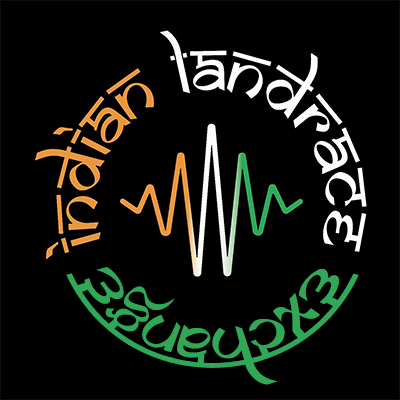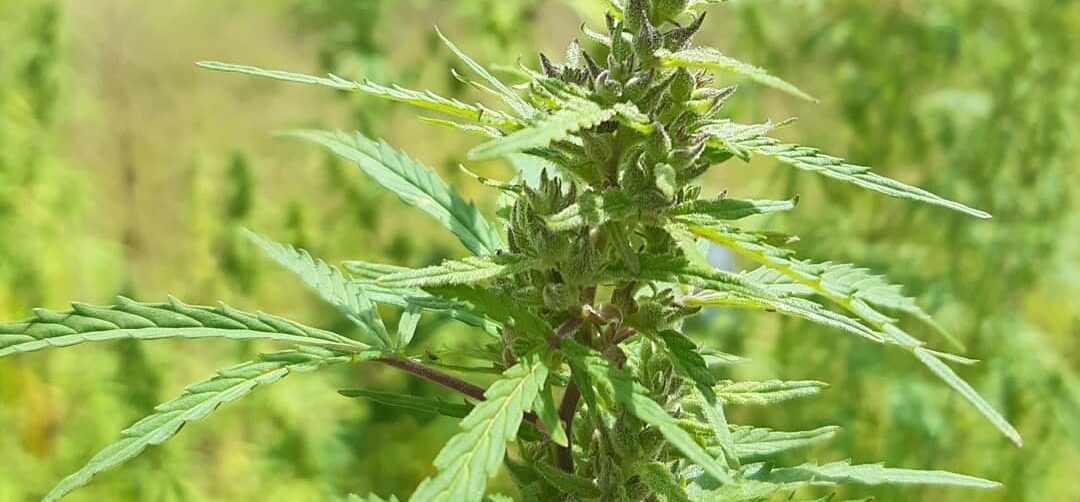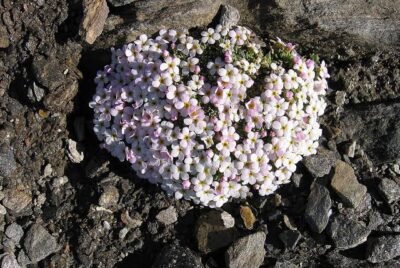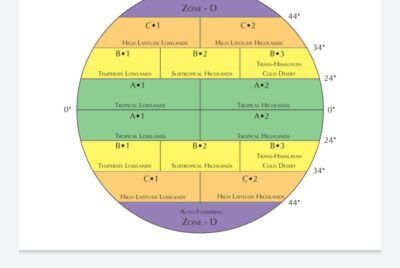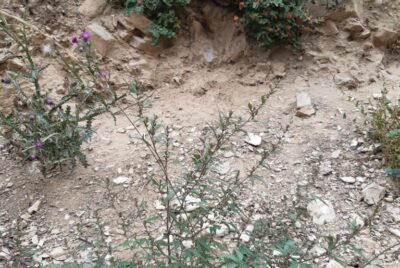The Nanda Devi biosphere reserve is situated at the southern Indo-Tibetan border and is a protected zone. This place inhabits more than 700 species of plants from different families. The richness of the biodiversity present here is often linked and attributed to the geographically diverse landscapes and climates often separated by only a few kilometers (e.g.) Joshimath (subtropical highland) and Niti Valley (cold desert) only separated by 80 kms.

Route.1 (Joshimath – Tapovan – Jelum – Malari – Gamshali – Niti – Border)
To reach the first 2 sites (A.1 & A. 1.2) We traveled towards Niti village from Joshimath town skewing off of the national highway 58 which ends near the Tibetan border after an approximate journey of 80+ kms. (shown in map)
Route.2 (Joshimath – Lambagad – Hanuman chatti – Mana Pass – Border)
To reach the sites (B.1 & B 1.2) we traveled towards the mana pass from Joshimath continuing on the national highway 58 which ends at the mana pass (indo-china border) for approximately 50+ kms. (shown in map)
Tapovan is located between Joshimath and malari village in the Nanda Devi biosphere reserve, it consists of a few villages and a small market as well. A number of Geothermal springs marks the territory of tapovan along with a noticeable transition in landscape and vegetation, the continuous span of lush green mountains aided by the monsoon rains seems to merge into a more drier and arid climate with fewer trees and lesser overall vegetation cover. The mountains are still much greener compared to the Nanda Devi biosphere – buffer zone (e.g. Niti, Gamshali) which stays devoid of the monsoon season completely.

Tapovan is located geographically at 30.89’19 N and 79.08’34 E with an altitude of over 2000 meters from the sea level. not only does this region acts as a transition zone between a subtropical highland and cold desert climate zone within Chamoli it also exhibits those environmental changes through the plant structure and various qualitative traits.
COLLECTION SITES
A.1 (Tapovan village mountain slopes) –
The primordial cannabis populations at tapovan are generally found downwards into the mountain slopes leading towards the Dhauli Ganga river and around its basin.
Below: Primordial cannabis population growing at the downward slope at Tapovan region.


The primordial cannabis populations growing at tapovan (site A.1) perhaps best encapsulates the transition in the cannabis expression physically as we move from a highland subtropical climate towards an extremely dry and cold region.
The cannabis populations are medium tall and only grow upto a maximum of 6-7 ft. at the most, which represents the median between the Avg. Height of Cannabis populations at Humid climates and dry arid climates within Chamoli.The leaves are deeply serrated and characteristically thin with a dense resin coating of semi-sticky resin that smells of deep ripe mango, cherries and various wild flowers.
Effects are at par with most domesticated varieties and are generally felt around forehead in a more pronounced way compared to the body or skin.

The flowering duration is short around 10-11 weeks since the snow does set in early around november and doesn’t melt away completely until april beginning or march end.
As mentioned earlier tapovan region lies around halfway between Joshimath and the Niti valley, and this region sees a considerable transition in the climate as one travels from a monsoon-based wet/cold to an extremely Arid and cold one.
A 1.2 (Tamak Nala/Jelum village mountain slopes) –
These populations inside the Tapovan region are located on the downward slopes into the Dhauli Ganga river and its basin below the tamak Nala or Jelum village
These populations inside the Tapovan region are located on the downward slopes into the Dhauli Ganga river and its basin below the tamak Nala or Jelum village


The cannabis populations growing at site (A 1.2) known as tamak nala or jelum village, is located just a few more kilometers ahead of the first site (1.A) in Tapovan and as expected shows even greater signs of transition in the plant embodiment ascribed to an abrupt transition in climates.
The cannabis populations are medium tall and only grow upto a maximum of 6-7 ft at most.
The floral bracts flush out beautiful hues of red and purple upon the ripening and get covered in dense layers of resin as well. The leaf are narrow and deeply serrated, seeds self eject themselves at the end of the flowering and contain hardshells while size stays small.

The smell on this particular population is much more sweeter, fruity and perfumy and definately much intense compared to the tapovan population only a few kilometers behind. The effect doesn’t seem to vary a lot and falls pretty much at par with other primordial cannabis varieties from this region. The flowering period is around 10 weeks and majority of the plants within the local cannabis population finish by the beginning of the october.
SITE B.1 Hanuman chatti Village, chamoli
Hanuman Chatti village (Chamoli, Uttrakhand) geographically located at 30.69’60 N and 79.51’58 E at an altitude of over 9000 ft. The village itself is situated inside small valley around 1 mile on an upward trail into the mountains from the national highway leading towards Mana Pass (indo-chinese border).
The village is inside the NDBR (Nanda devi Biosphere reserve) and roughly around 40 miles from the Mana pass.

The village only stays operational for 6 months due to the acutely cold weather and early snowfall. The villagers grow various crops of spices, Grains and vegetables which are tolerant of cold or thrive in cold environments altogether. The villagers return to the winter homes in a different village at lower altitudes after sowing the crop and usually leaves one person behind to look after the crops.
Cannabis is not a crop which is farmed here but it does grow out every year in a regenerative manner with no particular ownership leaching into the organically fertilized fields for agricultural crops such as grains, spices and vegetables.

Which is explicitly evident through the relatively vigorous stature of the cannabis populations growing here, opposed to extremely feeble and spindly primordial landrace varieties growing in this region in harsh mountainous soil.

The plants still exhibit a lot of features from its primordial state since these plants have not been domesticated purposely or selected for by anyone. The leaves produced are still deeply serrated and thin, seeds are small, hard shelled and have protrusion on one of the ends with propensity for self ejection/dispersal.
As shown below in the images.


The floral elements resemble high altitude cannabis varieties with vibrant hues, copious resin glands and smaller yields that smells of floral incense like and much less sweeter than other varieties from the nanda devi national park region. A subjective account of the effects of resin extracted by hand rubbing from the live plants.

– The resin Induces a bright uplifting High for a considerable duration that comes down smoothly without much notice. The effects are mild to average and more intense compared to the wilder counterparts from the nanda devi national park.

(SITE B 1.2) Lambagad Village, Chamoli
Lambagad Village, (Chamoli, Uttrakhand) which is approximately 30 kms before Mana Village The farming is done in a unique way wherein they grow plants in bunch at few different locations instead of growing it together in a field not because of the administration but mostly because of the occasional pilgrims who come by rarely if ever after the 2013 floods and landslides.
The cannabis varieties towards the Nanda devi Biosphere reserve are very similar in structure to the populations seen in subtropical highland regions like urgam valley situated less than 100 kms from lambagad.

However, with that said, the similarities pretty much ends right there, the much colder and harsher region close to the Indo Chinese border receives a more or less similar amount of rain and has a subtropical feel to the climate but only with an acute winter season and snowfall around the beginning of the November rendering the season short with subzero nights through most of the flowering period.
Lambagad village Road was broken from the floods and a massive landslide in this region, a now abandoned route where cannabis grows freely and is up for grab to anyone who gets there during the harvest time.
Samples from this region were collected as well since there were some spectacular plants growing beautiful, resin-coated flowers and were almost impossible to pass. The smell revolved around sweet ripe Mango and hints of Spices. The Bud structure was very open and gave a fluffy look however it was well-formed and coated with small but numerous trichomes.

The effects are very forehead oriented as this variety induces a feeling of forehead expansion which builds up ever so Gradually and one could subjectively experience the indelible imprint of their culture & terroir.
These populations at Lambagad boast one of the most peculiar bud structures in all of the varieties we’ve seen around the uttarakhand highlands, the cannabis population is not domesticated but farmed and fertilized as any other crop.

The seeds are saved partially from random plants and they also rely on some of the plants to grow out naturally from the seeds which get self dispersed. However upon close inspection we could see that seeds formed in these plants are much rounder like domesticated varieties of cannabis and for the most part doesn’t self disperse at the end of the flowering term and rather stays tucked nicely inside the perigonal bracts.


